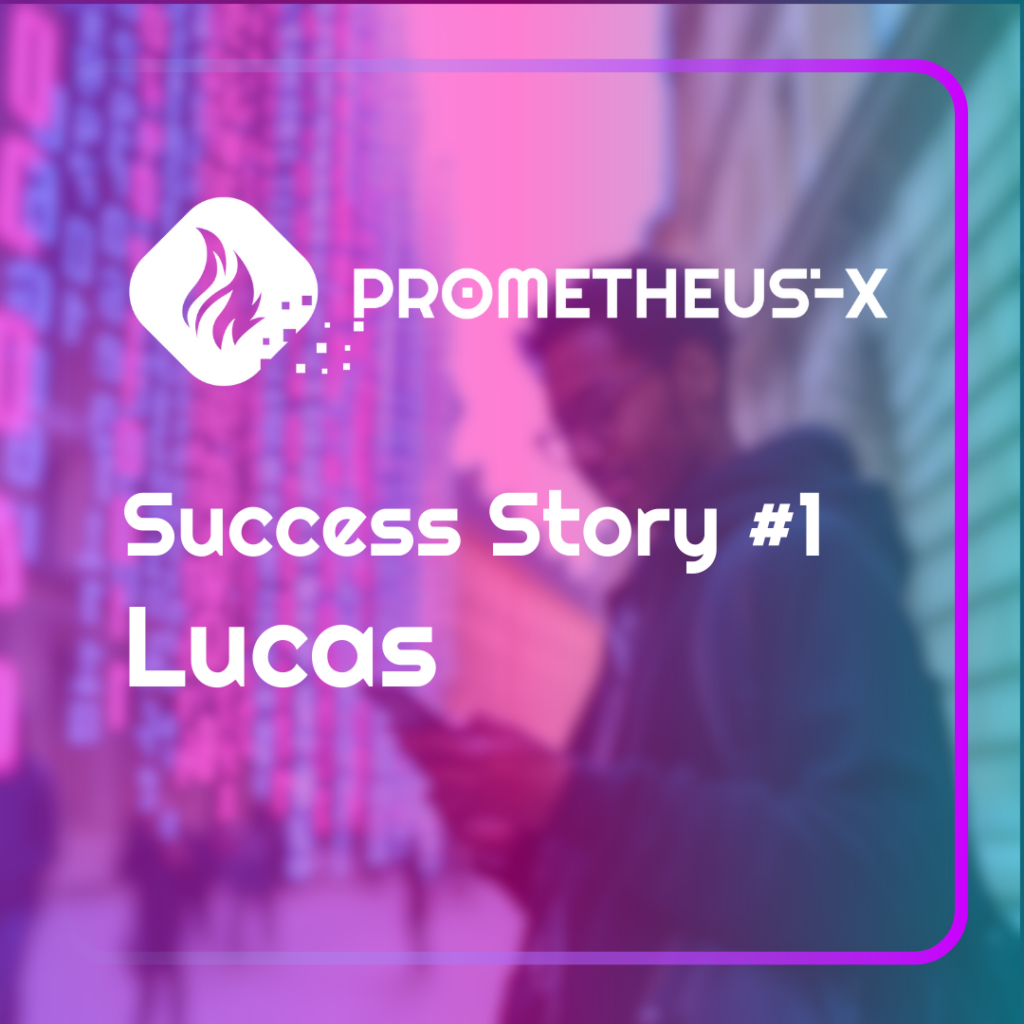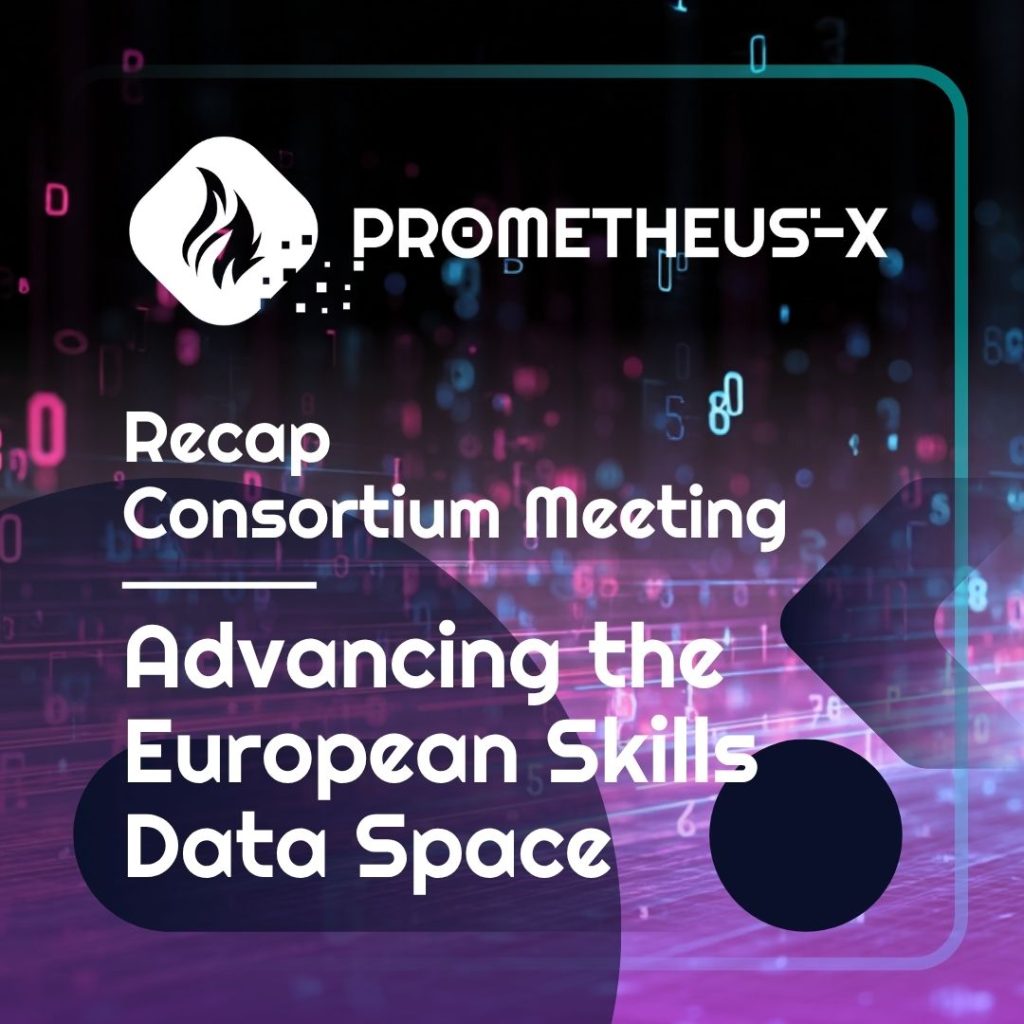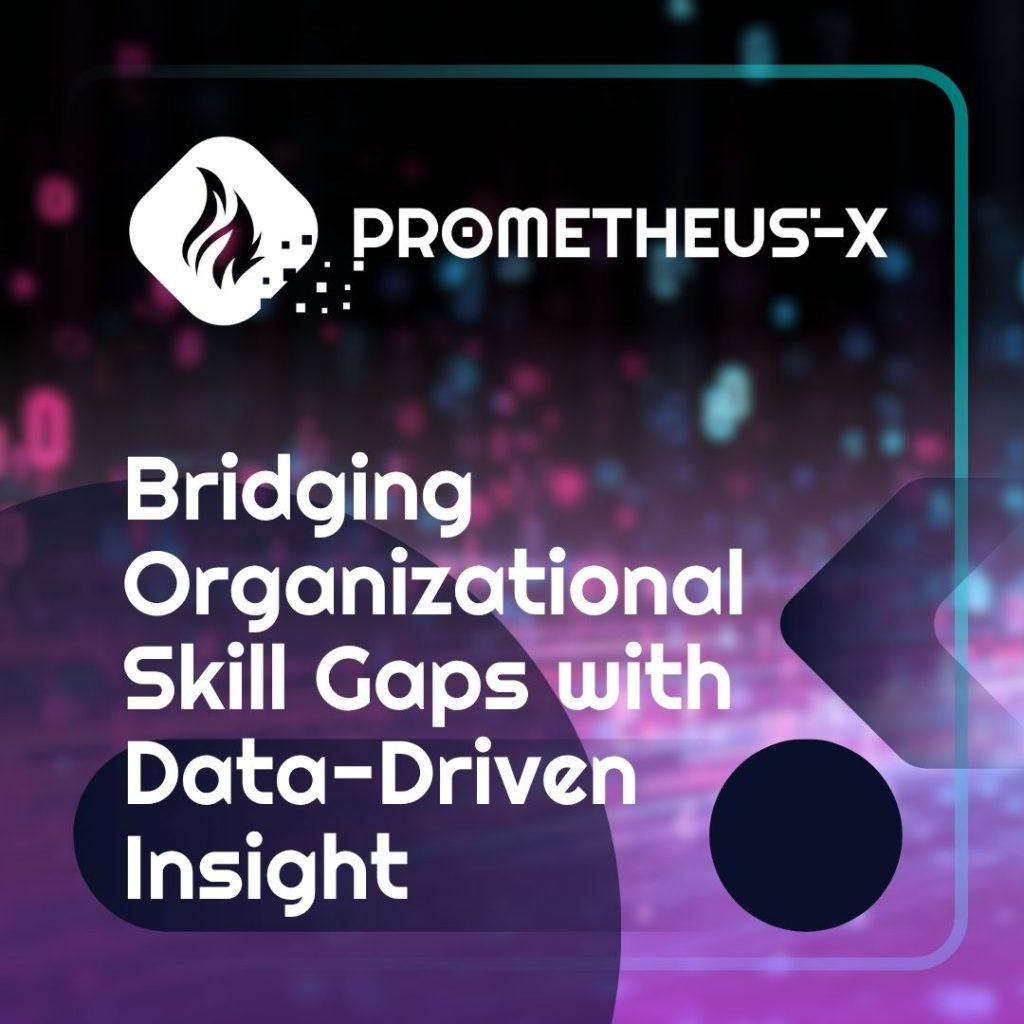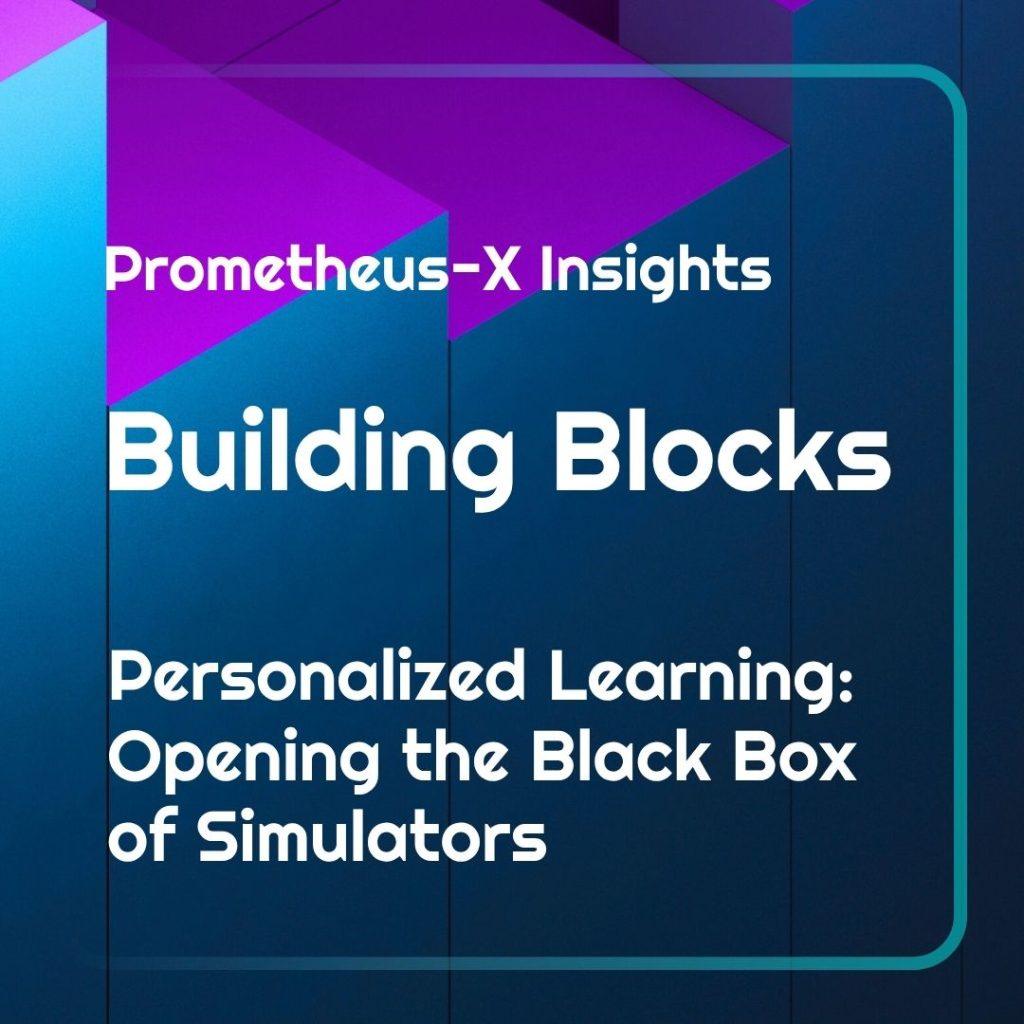Prometheus-X insights
An Interview with Chloé Féré, Use Cases Lead
In order to provide insights into the progress and strategic direction of Prometheus-X, we have asked our workpackage leaders to highlight key milestones, challenges, and future priorities from their critical perspectives. We start with Chloé Féré, Use Cases Lead within Prometheus-X.
Over the past year, Prometheus has laid a solid foundation for harnessing the power of data-driven innovation. Looking back, what have been the most significant milestones in developing early-stage use cases, and how have they shaped the project’s strategic direction?
The Vienna Consortium meeting marked a major turning point for me in Prometheus-X. It was a chance for the use case leaders to come together, discuss their initiatives in-person, and really start to define the inputs, outputs, and roles of each partner. This helped move us closer to concrete product development.
Another important milestone was when the most advanced use cases began refining their business models – mapping out revenue streams, payment flows, and financial responsibilities. Navigating these commercial considerations helped us transition from abstract concepts to concrete product development.
The live demos we’ve seen, such as the recent one from Edunao showcasing data exchanges through the data space connector have been particularly impactful. They give a tangible sense of what we’re working towards and the progress being made.
As the scale and scope of data-driven applications expand, so too does the complexity of the challenges they present. What are the primary obstacles your team is encountering as these use cases evolve, and what strategies are in place to navigate them effectively?
As the use cases grow more complex with more partners involved, there are certainly challenges to overcome. A key challenge has been ensuring the project’s central data exchange tool evolves to handle this complexity, while still remaining user-friendly. To tackle this, we’ve established structured feedback loops, including regular feedback sessions, one-on-one check-ins with use case leaders, and will soon dedicate monthly meetings to this question. These interactions help us to fine-tune in real-time and ensure that evolving needs are addressed effectively.
With Prometheus progressing into its next phase, the dynamics of complexity have inevitably shifted. How have these complexities evolved from the Prometheus-X’s early stages, and what measures are being implemented to steer these transformations?
Looking back, one of the key lessons I’ve learned is the importance of striking the right balance between flexibility and structure. As an innovative initiative, we need the freedom to adapt, but without clear deadlines and structured roadmaps, progress can stall.
To maintain this balance, we’ve focused on setting clear milestones while preserving the agility needed to adapt to new challenges. This structured-yet-flexible approach is helping us steer complexity rather than be overwhelmed by it.
Looking ahead, the coming phase will be critical in consolidating progress and setting new priorities. What are the core areas of focus for the team, and how do you anticipate these shaping the trajectory of the initiative in the months to come?
Moving forward, a critical focus will be fully integrating the infrastructure partners from Work Package 3 into the use cases. This will be a major step towards ensuring seamless interoperability across the ecosystem.
And of course, the upcoming testing phase for all the use cases in mid-2025 will be a major milestone. I’m confident that with our strong collaboration, open communication, and shared vision, we’ll successfully navigate these next steps and solidify Prometheus-X’s impact.
Interviewer: Patryk Paczyński, Senior Communications Prometheus-X
Are you interested in the Prometheus-X Use Cases? Click on the button and read more about what we are doing!




